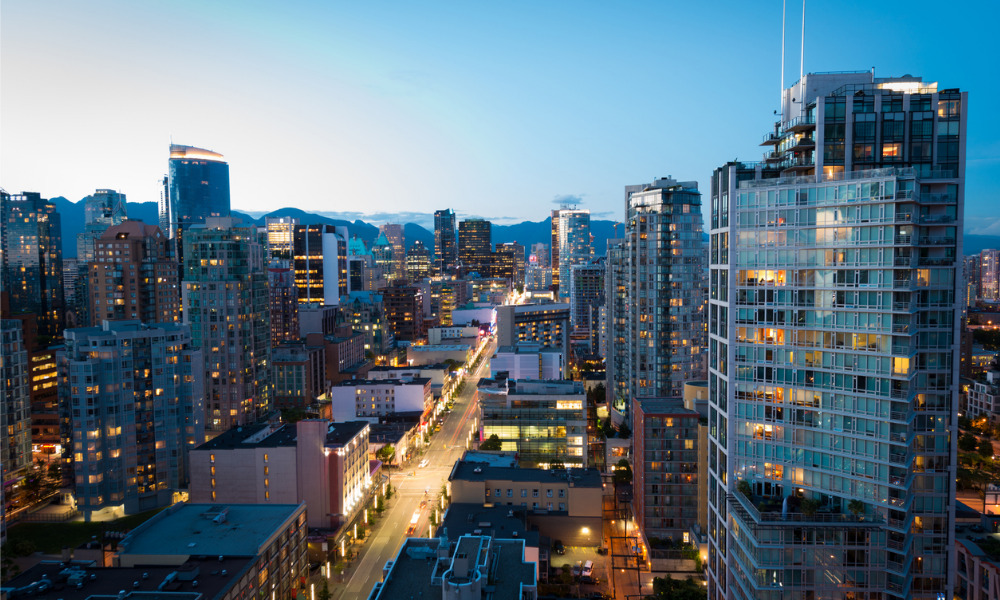The market impact of the pandemic has diminished significantly

As of the end of 2021, the Metro Vancouver office market’s most significant roadblock is no longer the pandemic – rather, it is the perennial supply crunch, according to a new analysis by Avison Young.
Vacancy in the downtown market reached 8.1% at the end of 2021, which was the highest year-end level since 2015.
“All indicators point to the worst impacts of COVID-19 having likely passed, although vacancy in the core will continue to rise in 2022,” Avison Young said. “While downtown Vancouver is well-positioned with new office towers in the short- to mid-term, suburban office markets that recovered quickly (if impacted at all) from COVID-19 containment measures find themselves desperately short of new office space.”
Intra-provincial migrations might spur greater appetite for new suburban office space in the next few years, Avison Young said.
“This is occurring as more people have vacated city cores to suburban/secondary markets in the search for more space for their families and home offices, while also looking to employers for greater flexibility in terms of where they can work,” it said.
Read more: Toronto office market – how it is shaping up
The region saw an annual absorption rate of 876,829 square feet in 2021, the strongest absorption registered in Metro Vancouver since 2018 and the fourth highest in more than a decade, Avison Young said.
“While COVID-19 and its variants, particularly Delta and Omicron in 2021, have hampered return-to-office plans, tenant activity has started to return and deals are getting completed,” Avison Young said. “Further increases in vacancy are highly likely in 2022, but are attributable to the delivery of new buildings on a largely vacant basis, not COVID-19. It is not expected that COVID-related workplace strategies will result in a notably reduced demand for downtown office space.”



